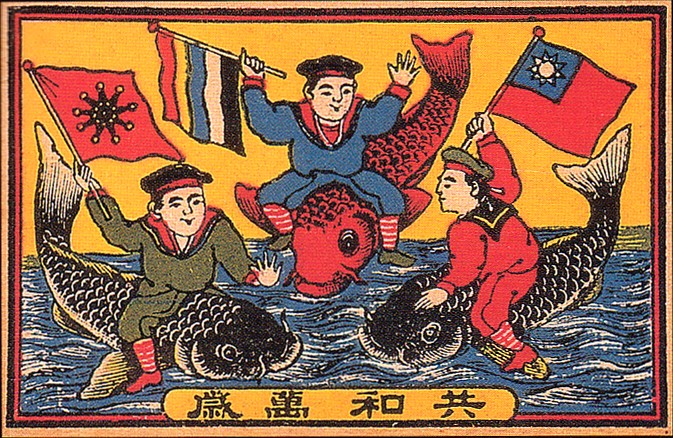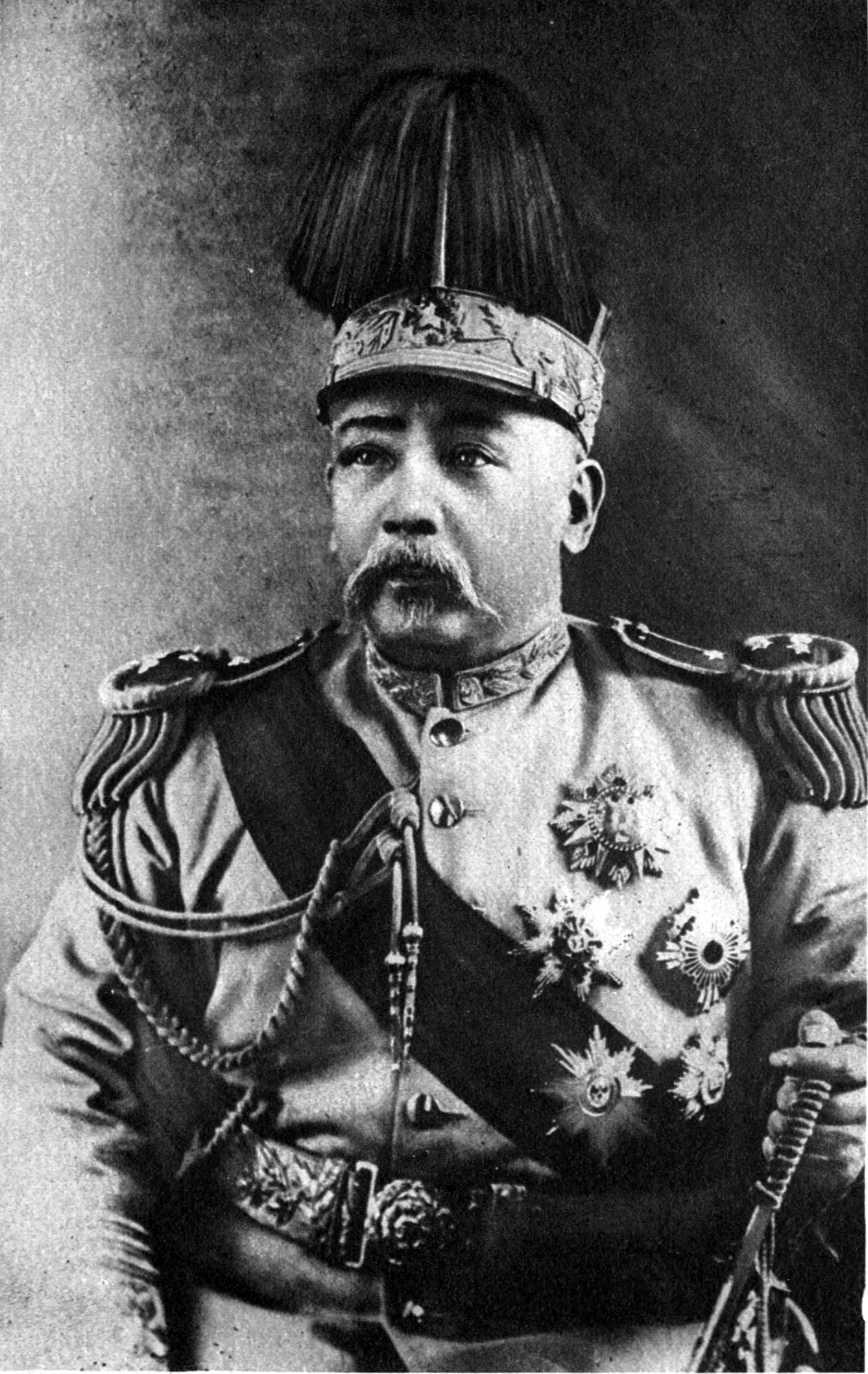CHAPTER II
The Empire
1915
The Kuomintang used Yuan’s military actions as propaganda against him and in December of 1914 Sun Yat-sen ordered the beginning of a new Kuomintang war against the Beiyang Republic of China, a war that would become to be known as the Great National Protection War. In reaction to the new declaration of war by the Kuomintang, Yuan Shikai took the advantage to reform the Beiyang Government under a new Empire. Yuan Shikai recreated his government dissolving the Beiyang Assemblies and creating a new Council of the Emperor. Yuan elected himself the new Emperor of China with other Beiyang commander and the Provisional Chief Executive of China, Duan Qirui as his prime minister following similar political institutions as the European Monarchies. The new conservative Monarchy under Emperor Yuan Shikai was created to counter the Kuomintang Revolutionaries and greater the power of the new Empire of China reborn.
Almost immediately Emperor Yuan Shikai ordered the beginning of campaign by the Beiyang Army to arrest any Kuomintang personnel. The soldiers of the Beiyang army arrest over 5,000 Kuomintang revolutionaries and executed many within the next few months in hope to overt a Kuomintang Revolution in the form of the new war.
The Conservative Empire of Yuan Shikai
In February 1915 Yuan sent a messenger to Khaan Bogda with demands of the Ömnögovi region of southern Outer Mongolia to be given to the new Empire of China under its new flag. Yuan knew that this move would be rejected and he would use it as a further ploy to safely declare war once the Northern Line was finished.
Meanwhile the British Army in the adjacent British and German holdings in China had successfully defeated the German Army in China and occupied the German territories on the contested Shandong peninsula which had been a divided British and German overseas territory for decades.
In June during a Beiyang Army anti-Kuomintang raid in the East Turkestan region the illusive Wu Zuolin who was a suspected Revolutionary General was captured by Beiyang soldiers and after he was interrogated and tortured by Beiyang soldiers he revealed that his convoy of Kuomintang soldiers were bound for Mongolia to return a reply to the Khaan Bogda after he had negotiated an alliance with the Kuomintang against the Empire of China with full support from the Russian Empire. Emperor Yuan Shikai ordered the execution of the traitor for June 5 1915. The convict was quiet about his execution apart from denying his right to see a priest before his death and was executed at exactly 6 am.
Bogda Khaan (Khan Bogd of Mongolia)
After Wu Zuolin had told his captors of the Khaan’s attempt to forge an alliance with the Kuomintang, Emperor Yuan know had a more than one official logical reason to invade the Mongol Khanate triggering a war with the Russian Empire. Once the Northern Line was scheduled to be completed in 1917 after nearly three years of production Emperor Yuan planned to declare war almost simultaneously but watched his alliances and pacts carefully to avoid a war with the great Entente as the United Kingdom and France both had substantial forces in Vietnam and their holdings in China at Hong Kong, the Shandong Peninsula and Kwang-Chou-Wan that the Beiyang Army couldn’t counter as well as the French Indochina Forces. Emperor Yuan learned from how a network of pacts lead to a greater war in Europe in 1914 that China did not want and planned his way through the proceeding politics of the upcoming Invasion of Mongolia.












